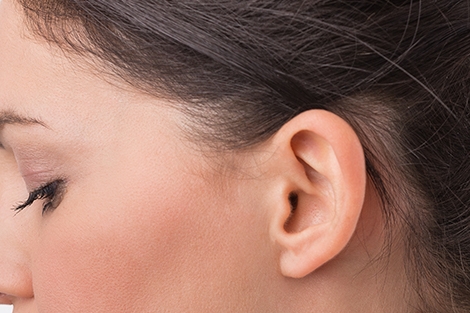
Protruding ears can be a real source of complexes for people who suffer from this malformation.
When the aesthetic aspect is the cause of psychological discomfort or social stigmatization, it would be better to correct protruding ears. Ear surgery, also known as otoplasty is a simple solution that offers very good aesthetic results.
Protruding ears : definition
Protruding ears affect many people. Generally of congenital origin, this anomaly is diagnosed when there is a protrusion of more than 30 degrees or when there is a gap of at least 20 mm between the skull and the edge of the ear.
Having protruding ears can be responsible for teasing in childhood and social exclusion in adulthood. For this reason, some people choose to opt for an ear surgery solution : otoplasty to fix the ears.
What causes protruding ears ?
This anomaly is congenital, it means that it is present from birth. However, protruding ears are not always clearly visible in infants. It may take several years before the disorder is diagnosed.
-Hereditary malformations
These malformations are generally of genetic origin. A child with protruding ears probably has a parent who also has this malformation. Occasionally, protruding ears may appear after a trauma, but this is exceptional.
In any case, the child’s sleeping position is not responsible for the protruding ears.
This disorder can have several causes :
-A defect in the folds of the anthelix
The folds of the anthelix (normally Y-shaped) are not marked, giving the ear a flat and reliefless appearance. This cause is responsible for a large number of diagnoses of protruding ears, especially on the upper part of the ear.
-An enlarged concha
The cavity of the external ear, where the auditory canal originates is increased in size causing a forward projection of the ear.
A protrusion of the lobule corresponding to the forward projection of the lobule.
The most frequent causes of protruding ears are the defect of plicature of the anthelix and the hypertrophy of the concha. These clinical signs may be associated. The anomaly can affect only one of the two ears, but often both sides are affected. It can also concern both ears to a different degree.
Solutions for correcting protruding ears
Otoplasty allows for the reattachment of the ears by correcting any associated deformities. The procedure is possible from the age of 7, when the ear has fully developed. In addition to ear reattachment, otoplasty can also correct defects in size or asymmetry.

